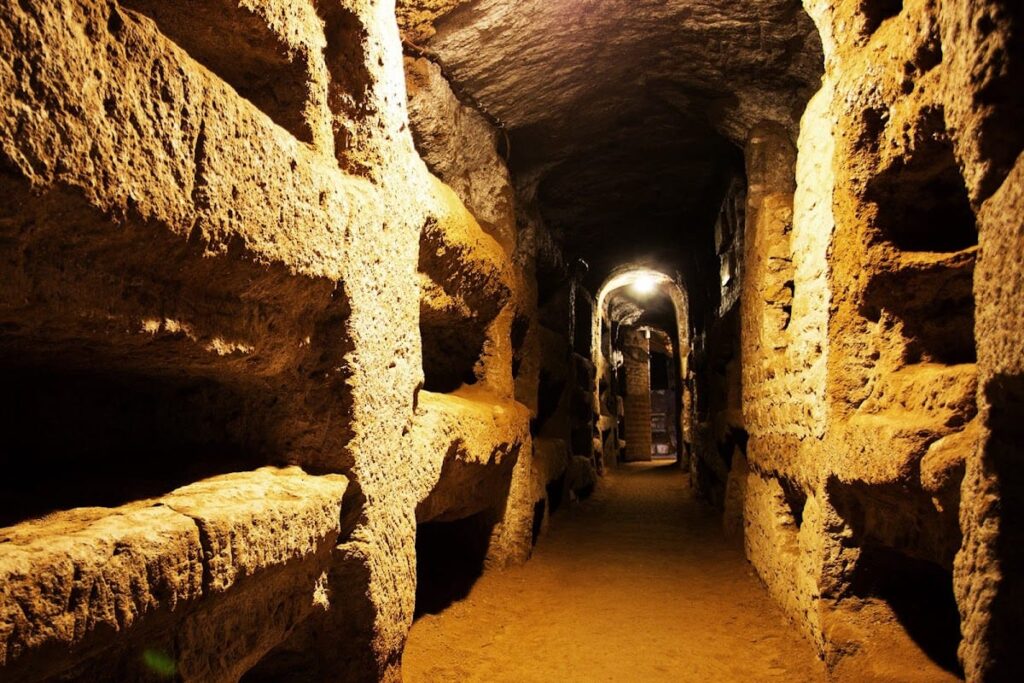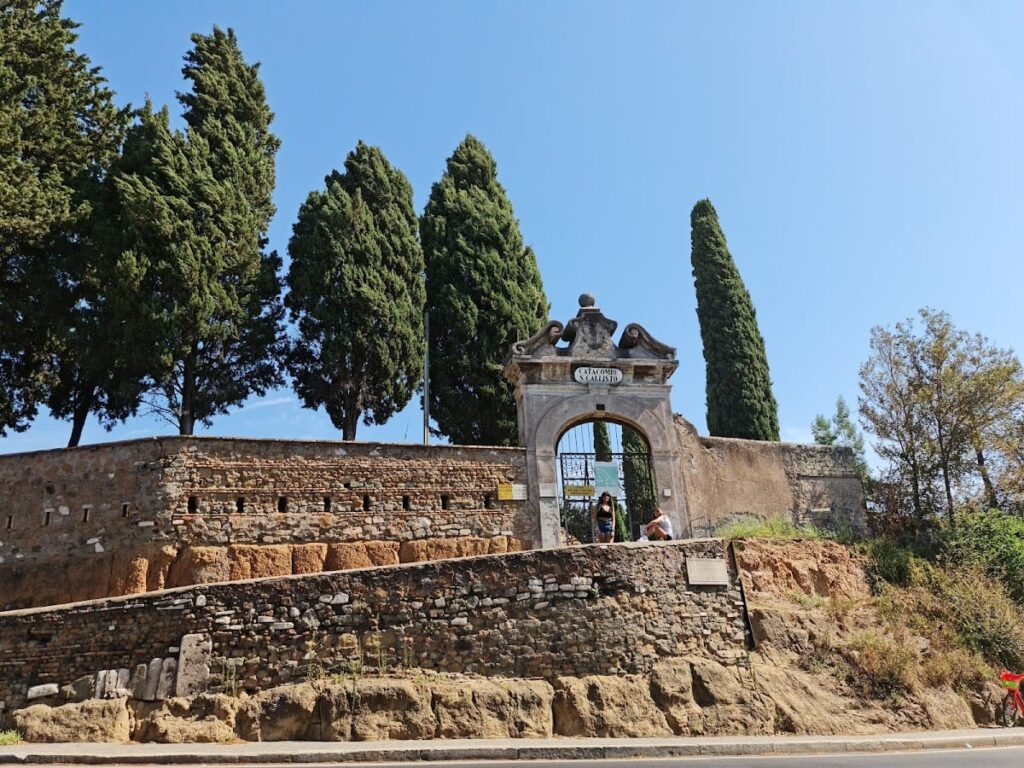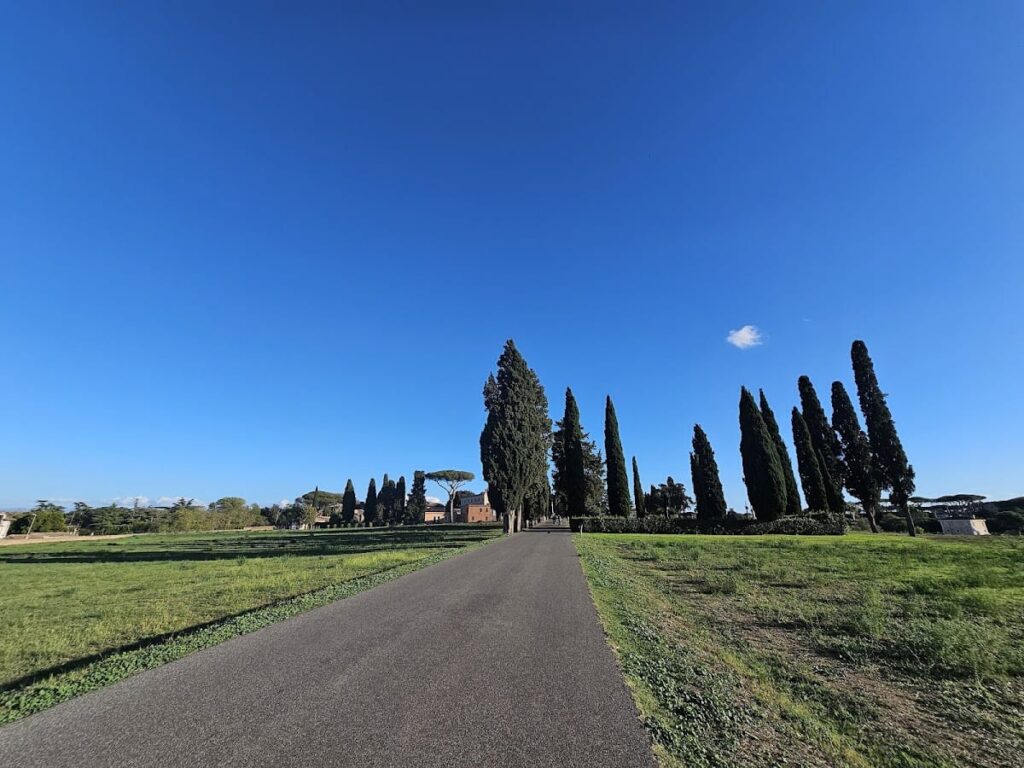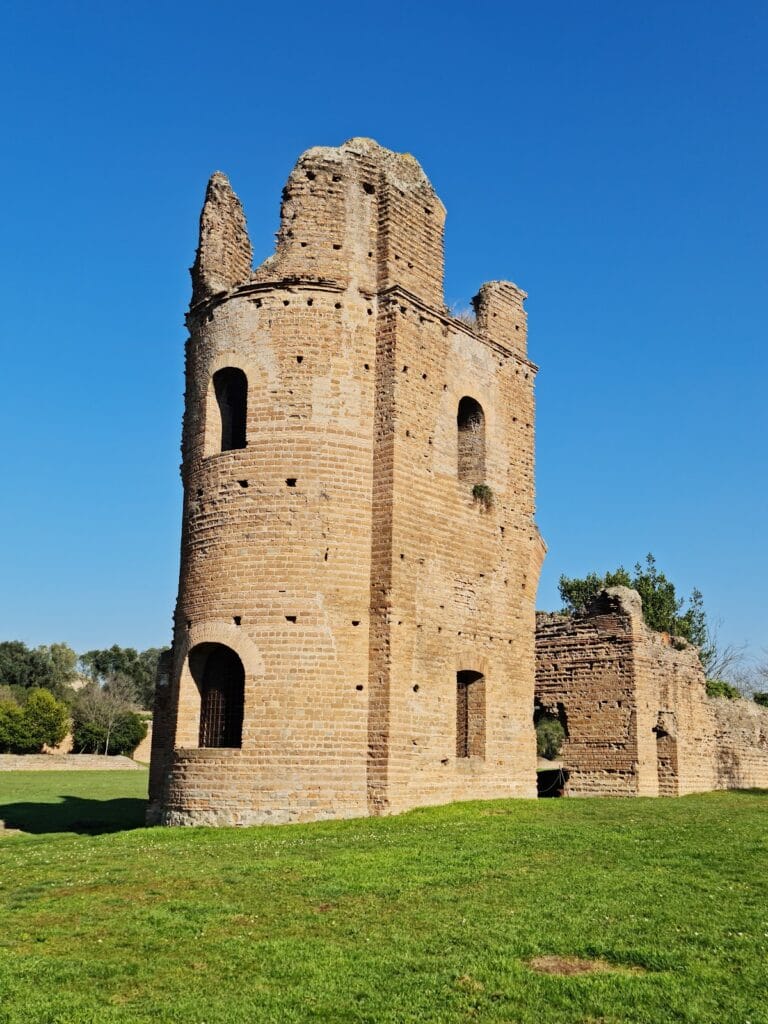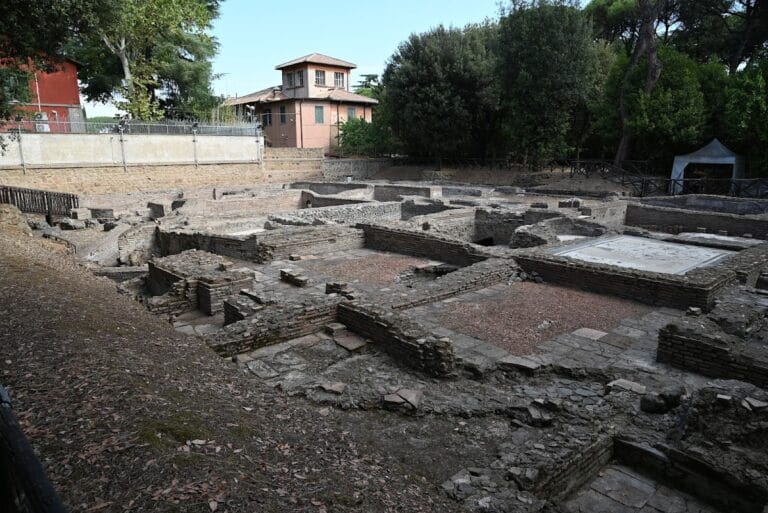Catacombs of San Callisto: Rome’s Early Christian Burial Site
Visitor Information
Google Rating: 4.6
Popularity: High
Google Maps: View on Google Maps
Official Website: www.catacombesancallisto.it
Country: Italy
Civilization: Roman
Remains: Burial
History
The Catacombs of San Callisto are located in Rome, within the province of Rome, Italy, along the ancient Via Appia Antica. These underground burial grounds were developed by the early Christian community of the Roman Empire between the 2nd and 4th centuries AD. The site originally consisted of private land used for burial, which was later donated to the Church by its Christian owners.
In the early 3rd century, Pope Zephyrinus initiated the establishment of a cemetery intended for all Christians in Rome. The administration of this cemetery was entrusted to the deacon Callistus, who later became pope. Under his leadership, the catacombs expanded significantly, eventually giving the site its name. By the late 4th century, the catacombs had grown into a vast underground complex serving as the official burial place for Roman Christians, including many martyrs and popes.
During the 4th century, Pope Damasus I enhanced the catacombs by commissioning decorative works and composing poetic epitaphs that were placed at important tombs. The catacombs also functioned as pilgrimage sites where Christians gathered to celebrate liturgies and read the acts of martyrs, especially on their feast days.
From the 5th century onward, political instability and insecurity outside Rome’s Aurelian Walls led to the removal of saints’ relics from the catacombs to churches within the city. This caused the gradual abandonment and obscurity of the site. The catacombs remained largely forgotten until their rediscovery in 1854 by the archaeologist Giovanni Battista de Rossi.
By the time of their rediscovery, the catacombs covered more than 36 hectares with about 21 kilometers of excavated corridors. They contained approximately 500,000 burials, though much of the complex remains unexplored. The site includes the burial places of sixteen popes from the 2nd to 4th centuries, notably within the Crypt of the Popes, underscoring its role as the official cemetery of Rome’s Christian community.
Remains
The Catacombs of San Callisto form part of the larger Callistian complex, which spans roughly 30 hectares between the Via Appia Antica, Via Ardeatina, and Via delle Sette Chiese. The catacombs themselves cover about 15 hectares across five underground levels, featuring a network of corridors, burial chambers, and crypts.
The Crypt of the Popes is a rectangular chamber with a vaulted ceiling supported by columns topped with carved capitals. It contains four sarcophagus niches on the lower level and twelve graves above. Inscriptions in Greek identify nine popes and other church figures, some marked as martyrs with the abbreviation MRT.
The Crypt of Saint Cecilia houses her intact sarcophagus and early 9th-century frescoes depicting Christ Pantocrator, Saint Cecilia in prayer (Orans), Pope Urban I, and other martyrs. A replica of Stefano Maderno’s statue of Saint Cecilia is displayed here.
The Cubicles of the Sacraments consist of five connected burial chambers decorated with early 3rd-century frescoes illustrating Christian sacraments such as baptism, the Eucharist, and resurrection. These include the earliest known depiction of baptism and biblical scenes like Moses striking the rock and the multiplication of loaves.
The section dedicated to Saint Miltiades links the Crypt of the Popes and the Crypt of Saint Cecilia with the Crypt of Lucina. Its main corridor reaches heights of up to seven meters and features Christian symbols including doves, fish (ichthys), anchors, and a phoenix.
The Crypt of Saint Gaius is a large rectangular hall that could accommodate up to 60 people, likely used for communal worship. It has white plastered walls, burial niches, and graffiti referencing African bishops and martyrs.
Opposite Saint Gaius’s crypt is the Crypt of Saint Eusebius, smaller but richly decorated with marble floors and walls. It contains three arcosolia, arched burial niches, including that of Pope Eusebius. Mosaics and inscriptions here praise his role in church reconciliation.
The Western Section, dating to the early 4th century, includes numerous burial cubicles and a domed chamber with space for 50 burials. It features a cycle of damaged frescoes dedicated to the Virgin Mary, notably the Adoration of the Magi.
The Liberian Section, from the late 4th century, is characterized by spacious burial cubicles adorned with columns or pilasters and frescoes depicting Christ Pantocrator, Adam and Eve, and other biblical scenes. This section contains most of the catacombs’ 2,378 funerary inscriptions, many specifying the deceased’s profession and social status.
The Crypt of Lucina, one of the earliest parts dating to the late 2nd century, consists of two underground chambers connected by galleries and staircases. It contains the tomb of Pope Cornelius with its original marble inscription and 7th-8th century Byzantine-style frescoes depicting popes and African bishops.
Throughout the catacombs, numerous graffiti, epitaphs, and inscriptions in Latin and Greek preserve early Christian iconography and texts, including poetic epitaphs by Pope Damasus and markings identifying martyrs and clergy. A reconstructed staircase built over the original 4th-century stairway of Pope Damasus is decorated with sealing stones from tombs and pilgrim graffiti dating to the 4th century.
Sarcophagi and burial niches are distributed along corridors and chambers. Notable among these is the Child’s Sarcophagus in the Saint Miltiades section, carved with biblical scenes symbolizing stages of Christian life. Preservation varies across the site, with some frescoes and inscriptions well maintained, while others show damage. Only a small portion of the second underground level is accessible today.
